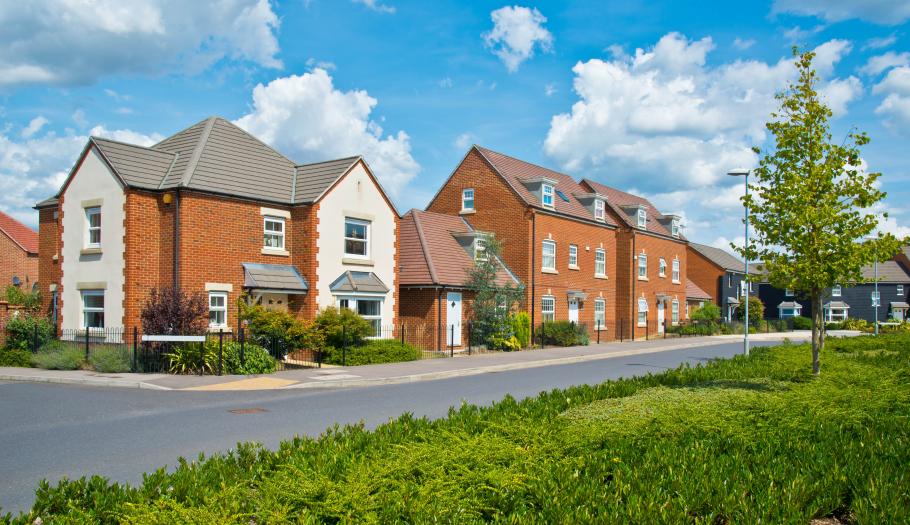
Finding the right cylinder to suit your home requires careful consideration. An assessment of what type of cylinder is needed, such as vented or unvented, as well as the correct sizing and installation requirements that are needed for the solution. Locating the right cylinder can offer a unique solution that provides multiple benefits for not only the installer but also the homeowner.
Gledhill, experts in hot water cylinders and renewable solutions develop and manufacture a wide range of vented and unvented hot water cylinders. Debbie Healey, Project and Product Manager at Gledhill discusses what factors are needed to be considered when choosing and installing a cylinder that can provide an effective heating solution.
As with many heating solutions in the UK, there is not a one size fits all solution. By ensuring the correct system is installed it is vital to evaluate the individual hot water requirements for each property. This evaluation would take into consideration the number of bathrooms that would be included in the property, which would establish the flow rates and the amount of water that is likely to be needed. In many new build properties, there is the likelihood of needing high hot water demand, which therefore means a hot water cylinder is often considered essential.
What are the requirements?
When sizing out the requirements for the new build, the housebuilders will already have an idea of how many bathrooms and rooms will be made in the planning process.
For example, if the property is to have multiple bathrooms with increased hot water demand, the preferred choice of cylinder would be an unvented one. As these types of cylinders use main pressure water, they provide a more stable even flow of hot water. This will then allow for a larger variety of terminal fittings to be chosen and with the ability to run different outlets at the same time.
When it comes to the sizing of the cylinder, 210 litres would be the best fit for a two-bedroom house, this has been based on the average wet room using 60 litres of water. To ensure that waiting times are kept to a minimum, the expected recovery period for 70% of the volume for this cylinder is 30 minutes.
What are the benefits?
It is clear that there will be benefits when the correct heating system has been installed, but what are they? Ahead of any occupants moving in, this prevents any further reinstallations from being required at a later date.
It is the responsibility of the housebuilder to make an informed decision when selecting a cylinder, to ensure that it is the correct one for that particular build. If it is not correct the customer could be left with paying higher energy bills if the chosen cylinder was too large for the property or facing not enough hot water available if the cylinder is too small.
Providing the most effective and suitable solution for the homeowner will in turn result in a better reputation than those who are fitting solutions that are not correct. Avoiding any premature reinstallations or complications with the current solution, the housebuilder’s reputation is set to last among the homeowners.

Finding the right cylinder
For the most effective hot water solutions for housebuilders, finding the right cylinder is crucial.
As with many properties across the UK, space is at a premium and this is even more the case for new build homes. That is why the cylinder choice is essential in providing maximum capabilities within the most space-effective way. For example, Gledhill’s Stainless Platinum cylinders are manufactured from high specification duplex stainless steel, which has been specifically designed to eliminate the requirement for an external expansion vessel, providing the perfect solution for restricted space.
With decarbonisation and the drive towards Net Zero by 2050 becoming a fast reality for the UK, and the benchmark being sooner for New Build Homes in 2025, alternative energy sources such as heat pumps will require an unvented cylinder that is specifically designed to work with this new sustainable solution. As part of Gledhill’s flagship StainlessLite range, also available is an unvented stainless steel unit specifically for heat pump applications that provides mains pressure domestic hot water.
The installation
It is important to remember that an unvented cylinder must be installed and maintained by a G3 qualified installer, and when once installed the cylinder must be serviced every 12 months.
Housebuilder’s cylinder of choice needs to be determined by many factors, such as meeting the correct requirements and ensuring whatever is installed meets the homeowner’s needs. Recognising that there is no ‘one size fits all’ approach does not apply, and further thought in the planning process is required. These steps will generate a reliable reputation among the housebuilders as they are installing an appropriate heating system designed to last.
